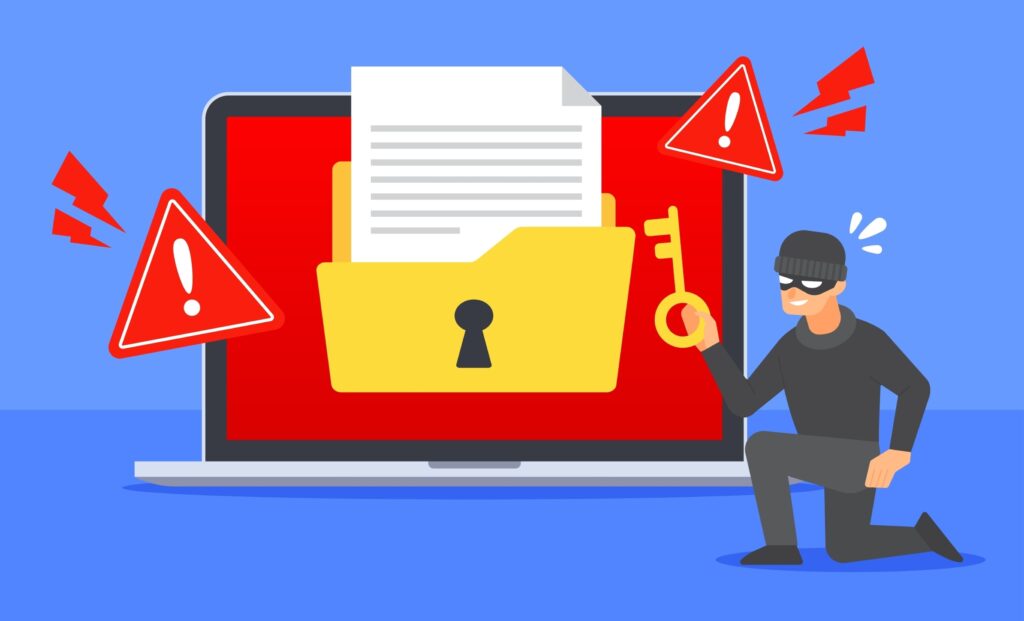In the healthcare industry, safeguarding sensitive patient data is crucial as healthcare organizations accumulate and store vast amounts of information. With the increasing number of cyber threats targeting healthcare systems, it is essential to establish robust data security and privacy measures. In 2023, several significant cyber threats require heightened attention and proactive countermeasures.
Phishing: The age-old phishing technique remains a prevalent cybersecurity threat in healthcare. Malicious attackers employ deceptive tactics, like fraudulent emails or websites, to trick individuals into revealing confidential information, posing a risk to healthcare systems and patient data. Because most cybercrime begins with a phishing attack, and phishing has one of the highest financial impacts on an organization, phishing defenses should be referenced in healthcare information security initiatives.
Ransomware Attacks: Ransomware attacks pose a substantial risk to healthcare organizations. In these incidents, malware infiltrates networks and encrypts sensitive data, holding it hostage until a ransom is paid. Such attacks can severely disrupt healthcare operations and compromise patient privacy. Even though the rate of attack in the 2023 study has dropped, it is almost double the 34% reported by the sector in 2021.
Data Breaches: Data breaches continue to be a significant concern in healthcare. As of July 2023, there was a running breach total of 395 incidents, across which the records of 59,569,604 individuals have been exposed or stolen. Breaches may occur due to unauthorized access, weak security controls, or human error. The exposure of patient data can lead to reputation damage, financial implications, and potential harm to individuals affected.
Distributed Denial-of-Service (DDoS) Attacks: DDoS attacks involve overwhelming a network or system with an excessive volume of traffic, rendering it inaccessible to legitimate users. Cybercriminals launched approximately 7.9 million Distributed Denial of Service (DDoS) attacks in the first half of 2023, representing a 31% year-over-year increase. These attacks can disrupt healthcare services, impede patient care, and compromise data availability.
To combat these threats, healthcare organizations must prioritize the implementation of strong cybersecurity protocols. This includes robust access controls, regular staff training on recognizing and mitigating cyber threats, network monitoring, encryption of sensitive data, and frequent security assessments. Compliance with regulations like the Health Insurance Portability and Accountability Act (HIPAA) remains essential in safeguarding patient information.
By remaining vigilant, regularly updating security measures, and collaborating with cybersecurity experts, healthcare organizations can mitigate the risks associated with cyber threats and protect the integrity, confidentiality, and privacy of patient data.

